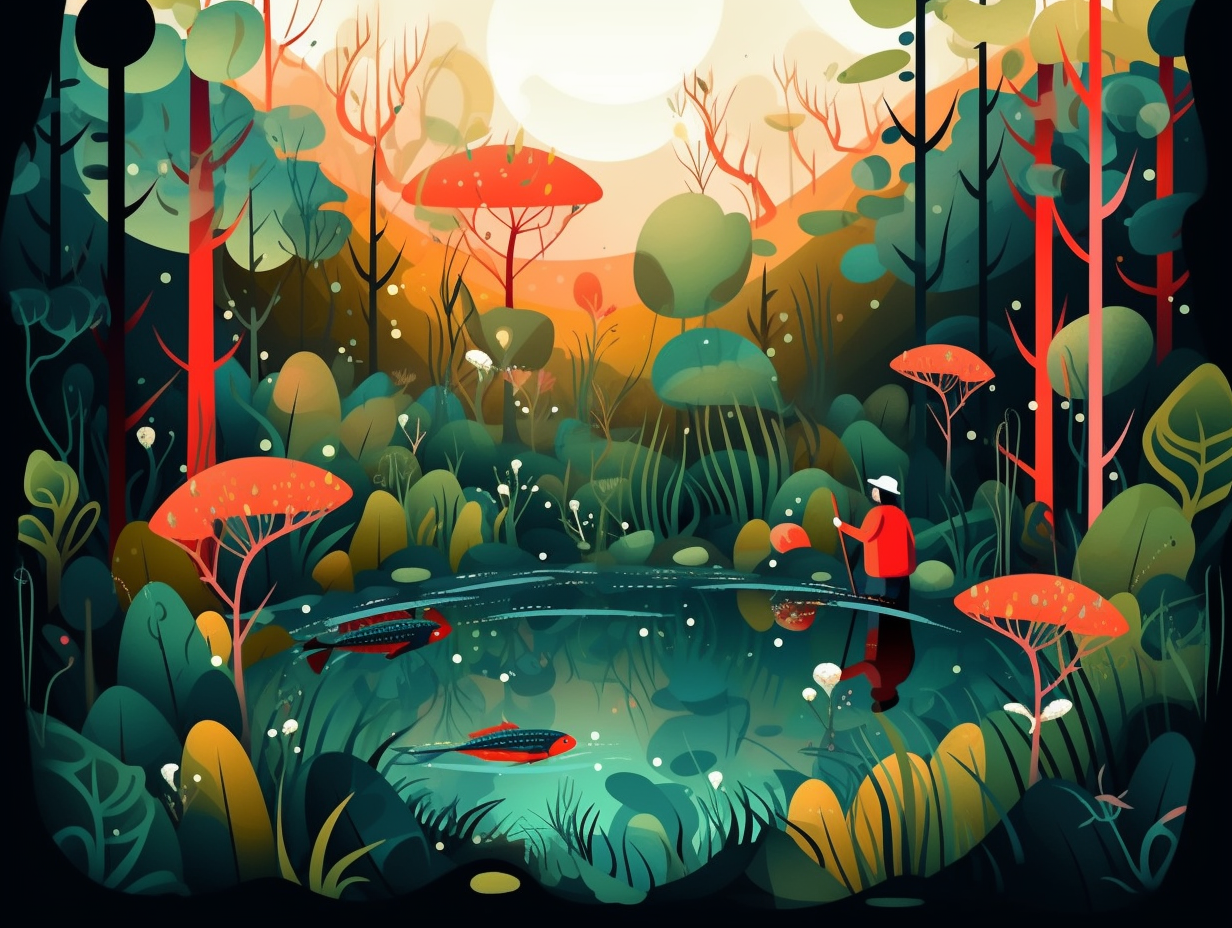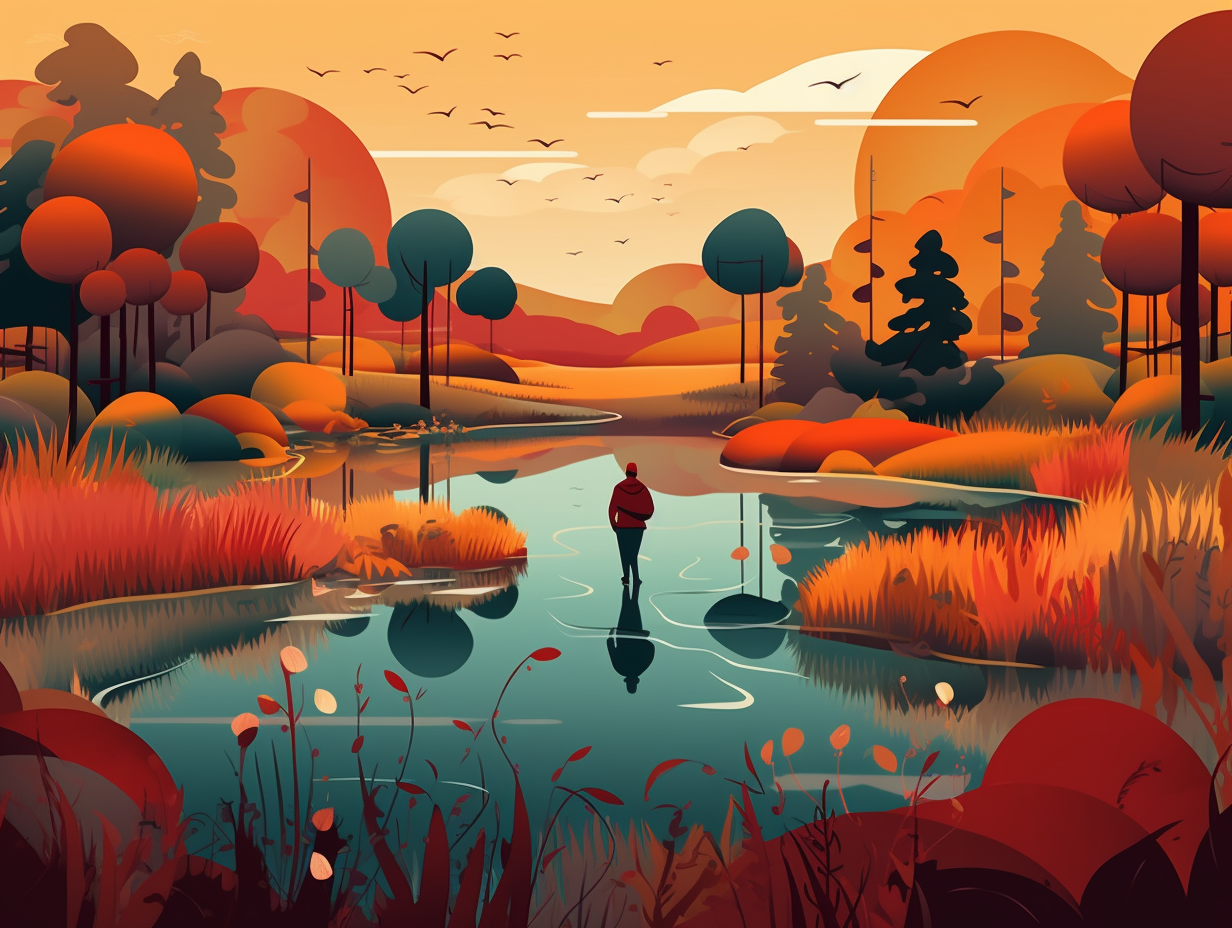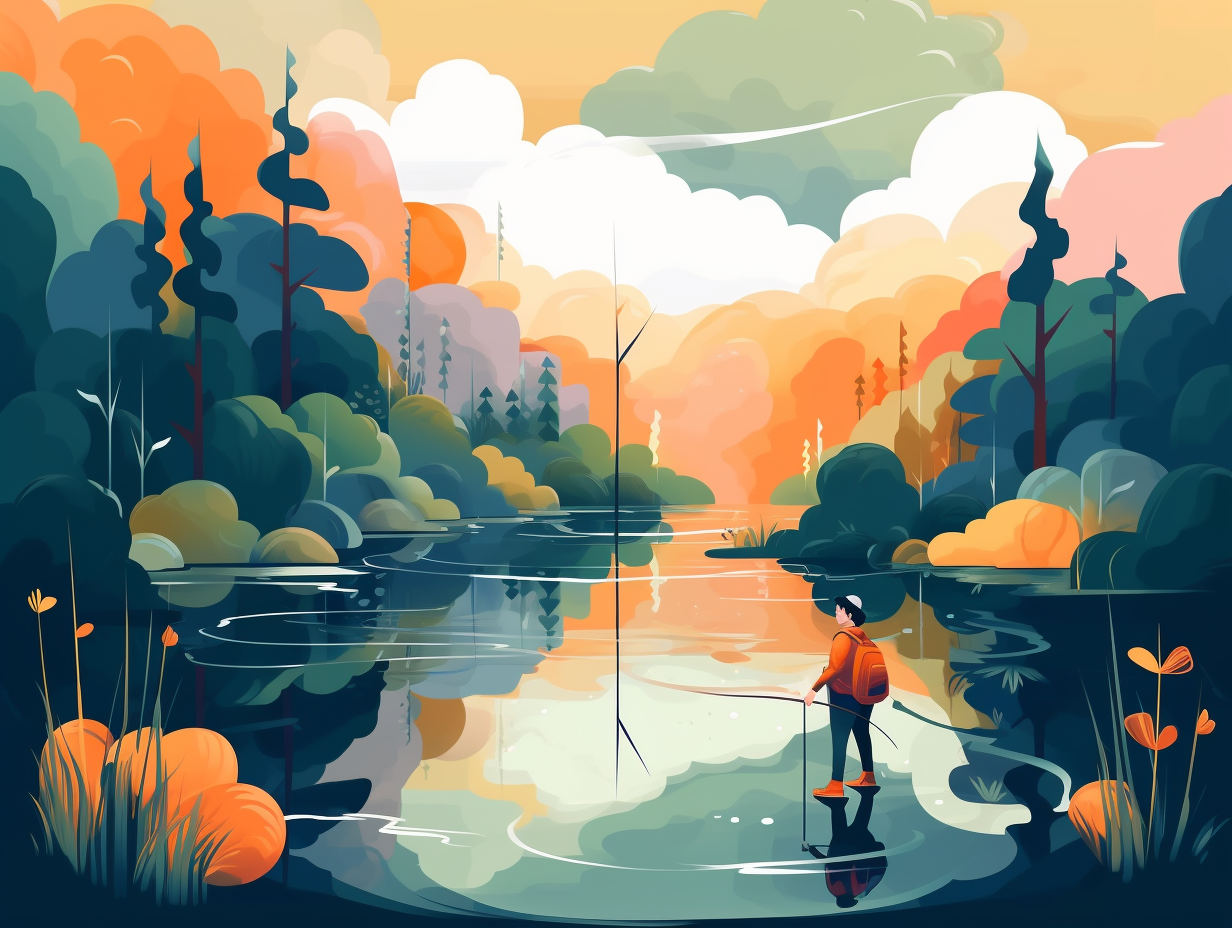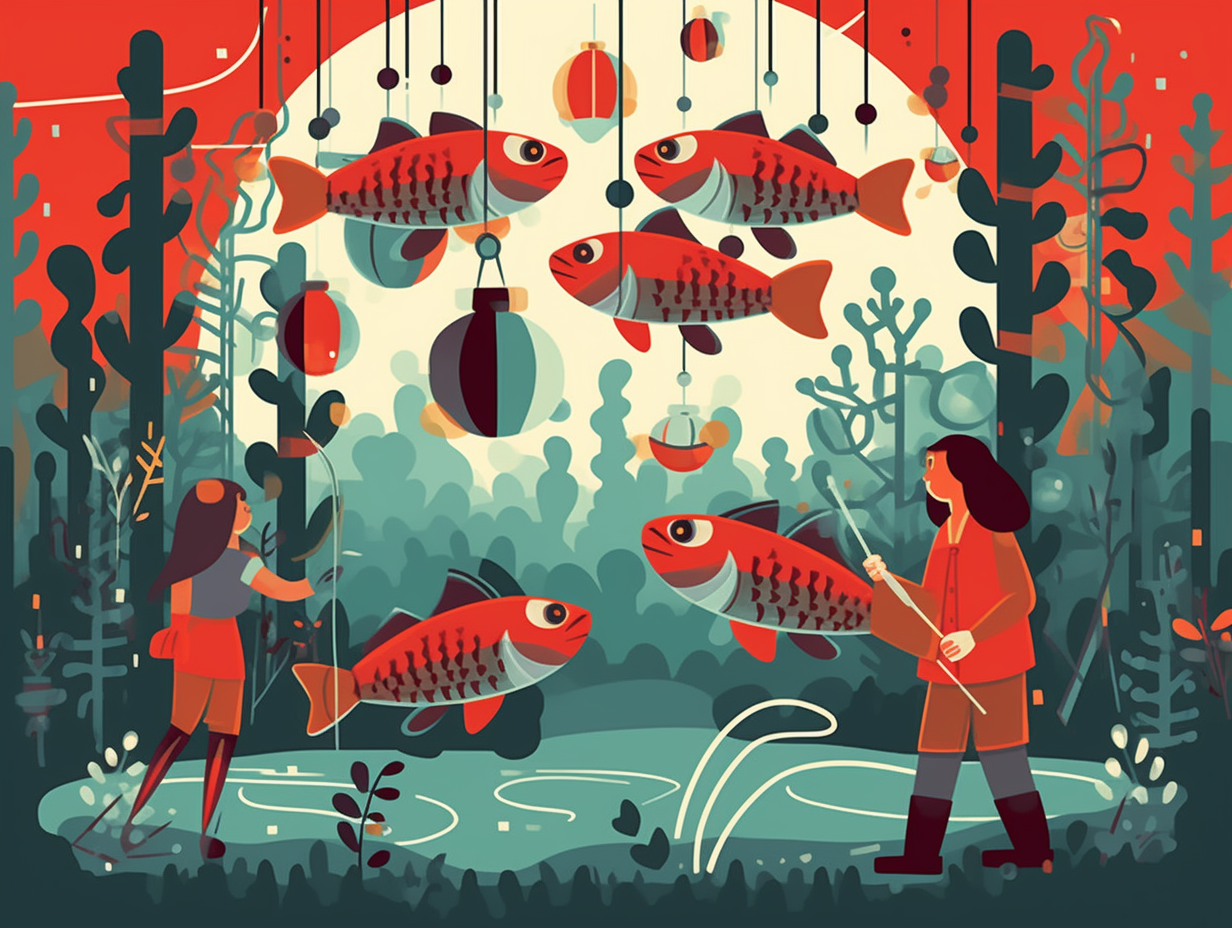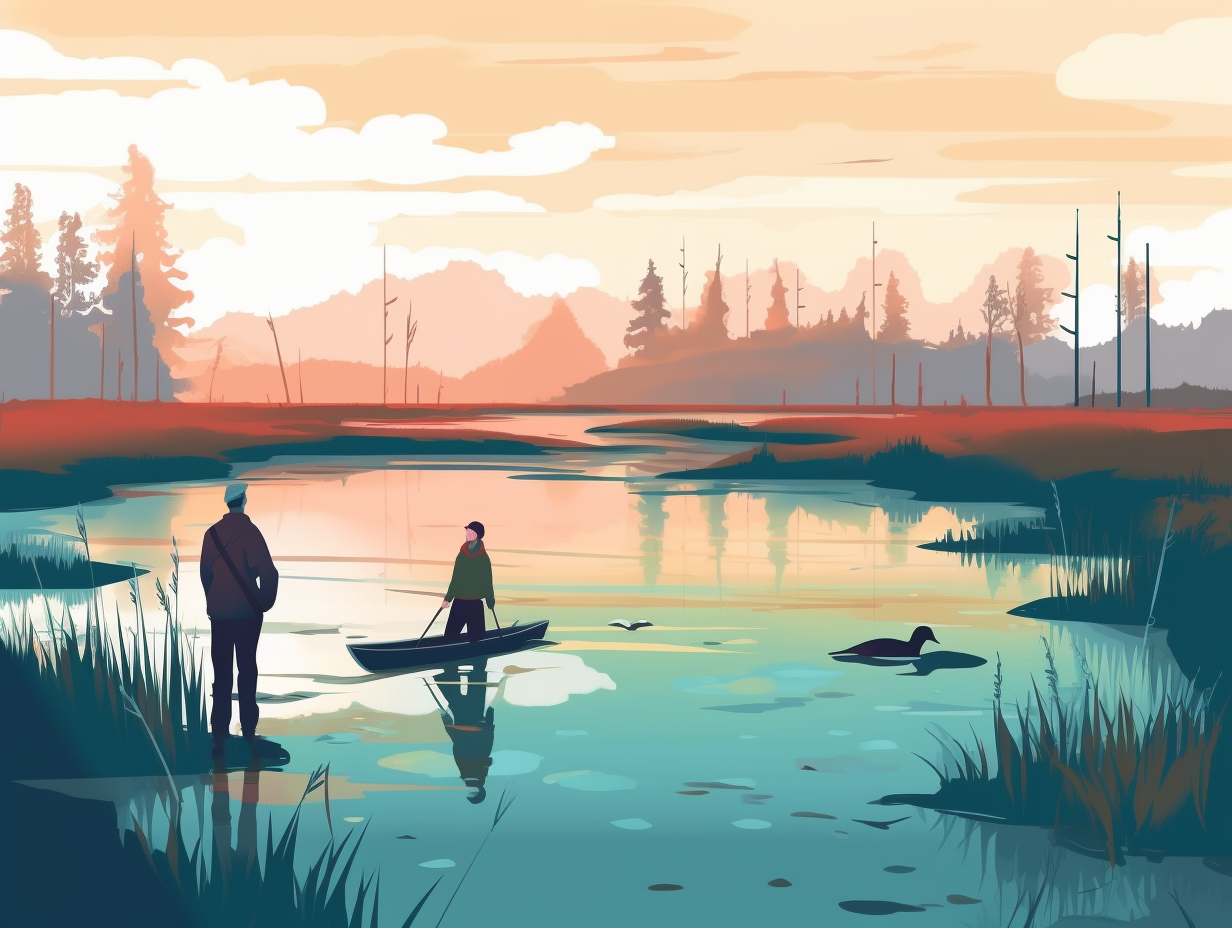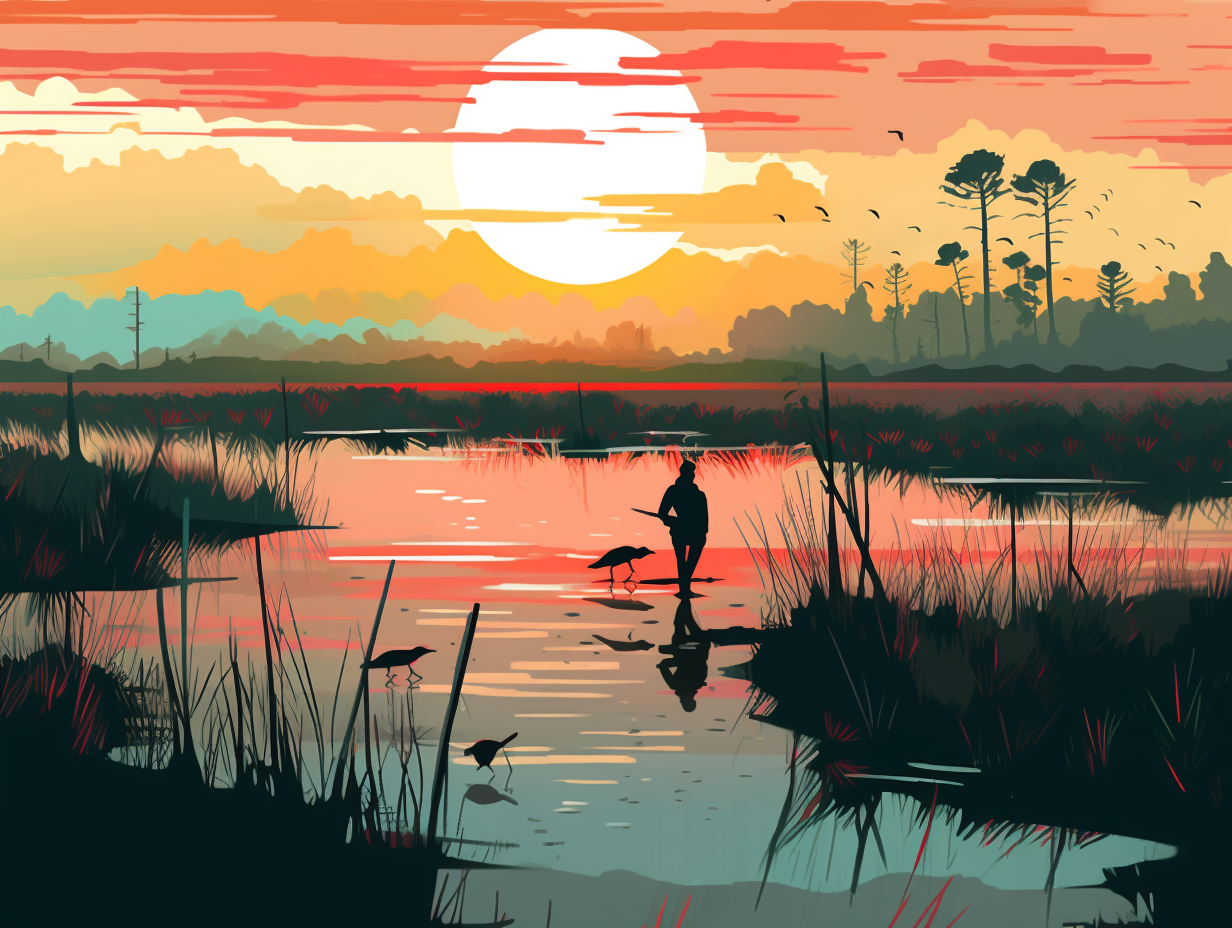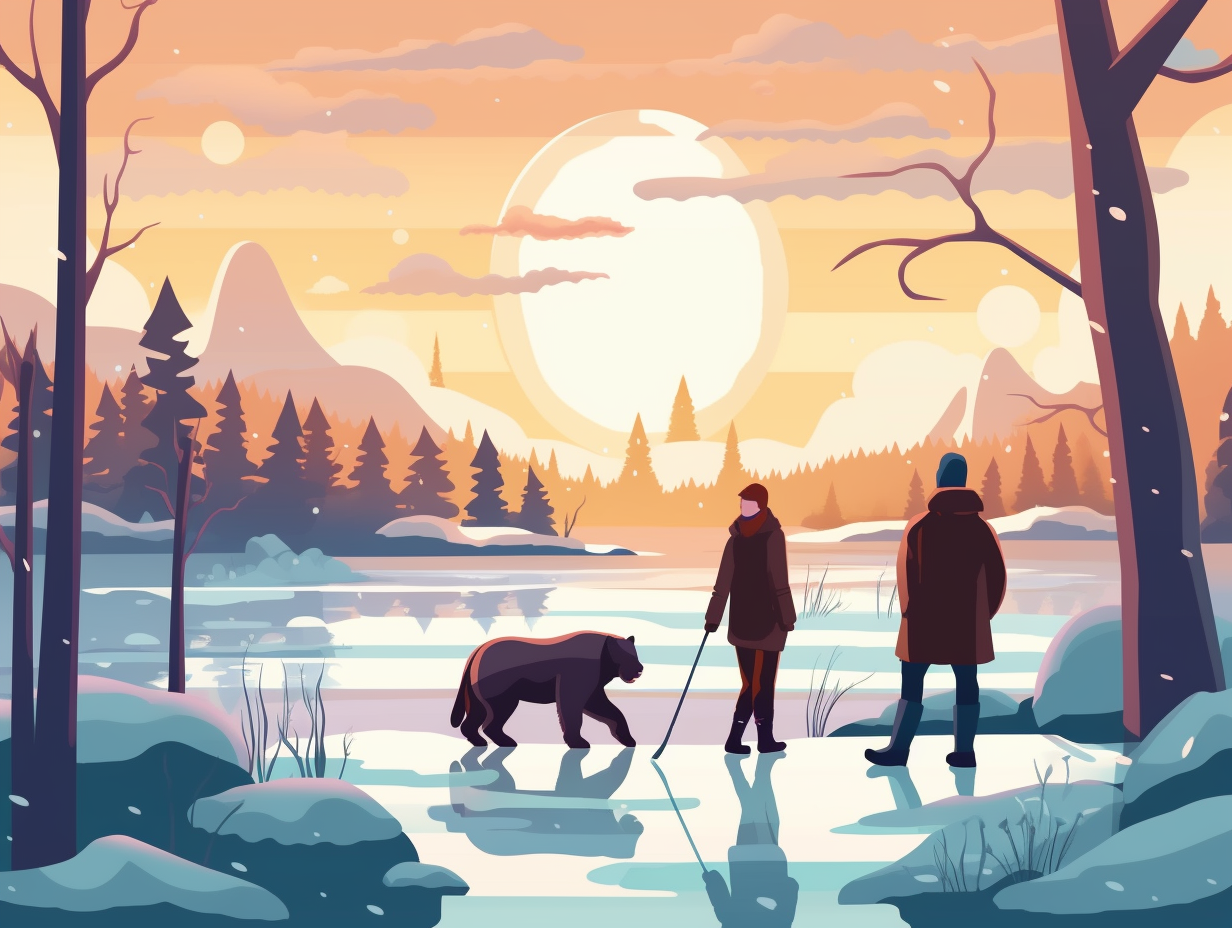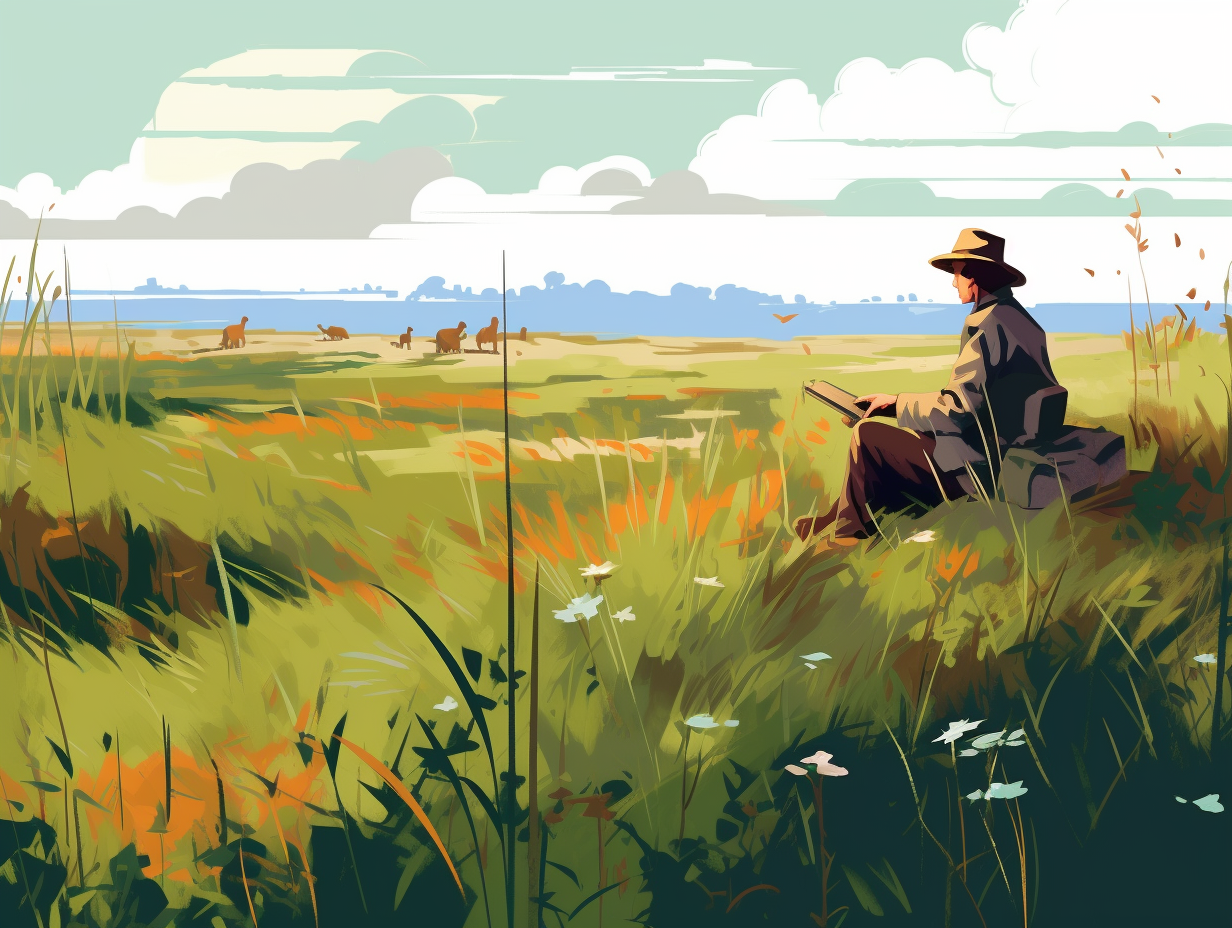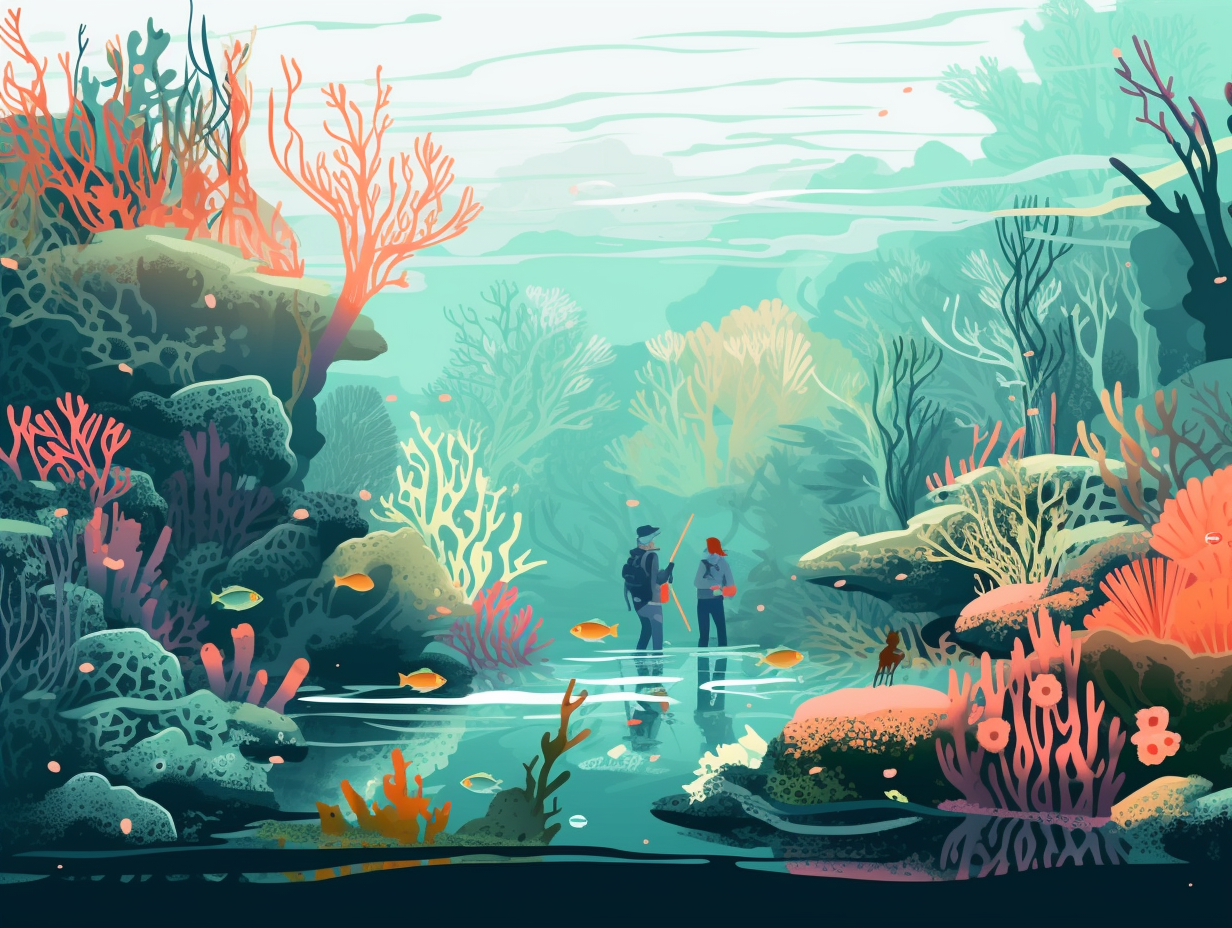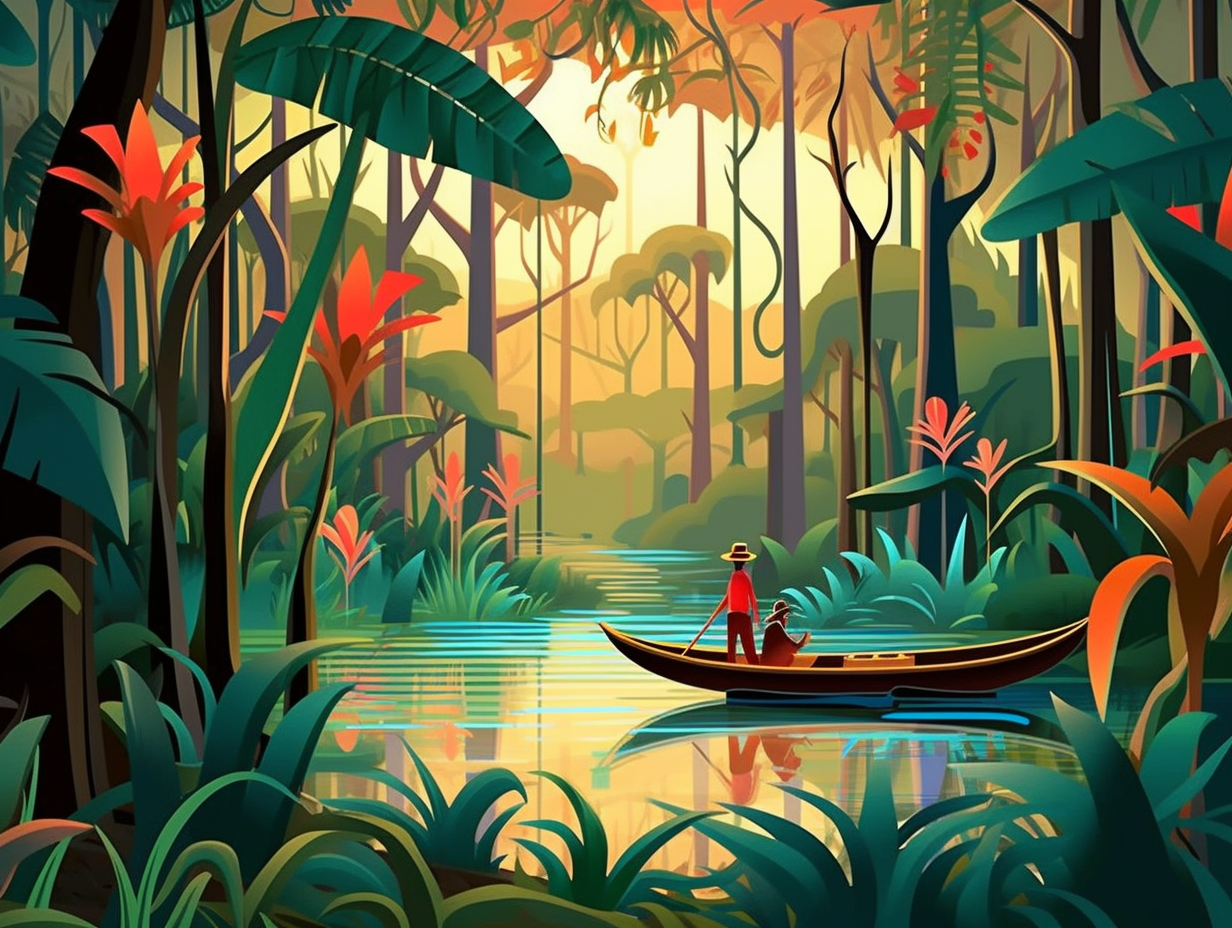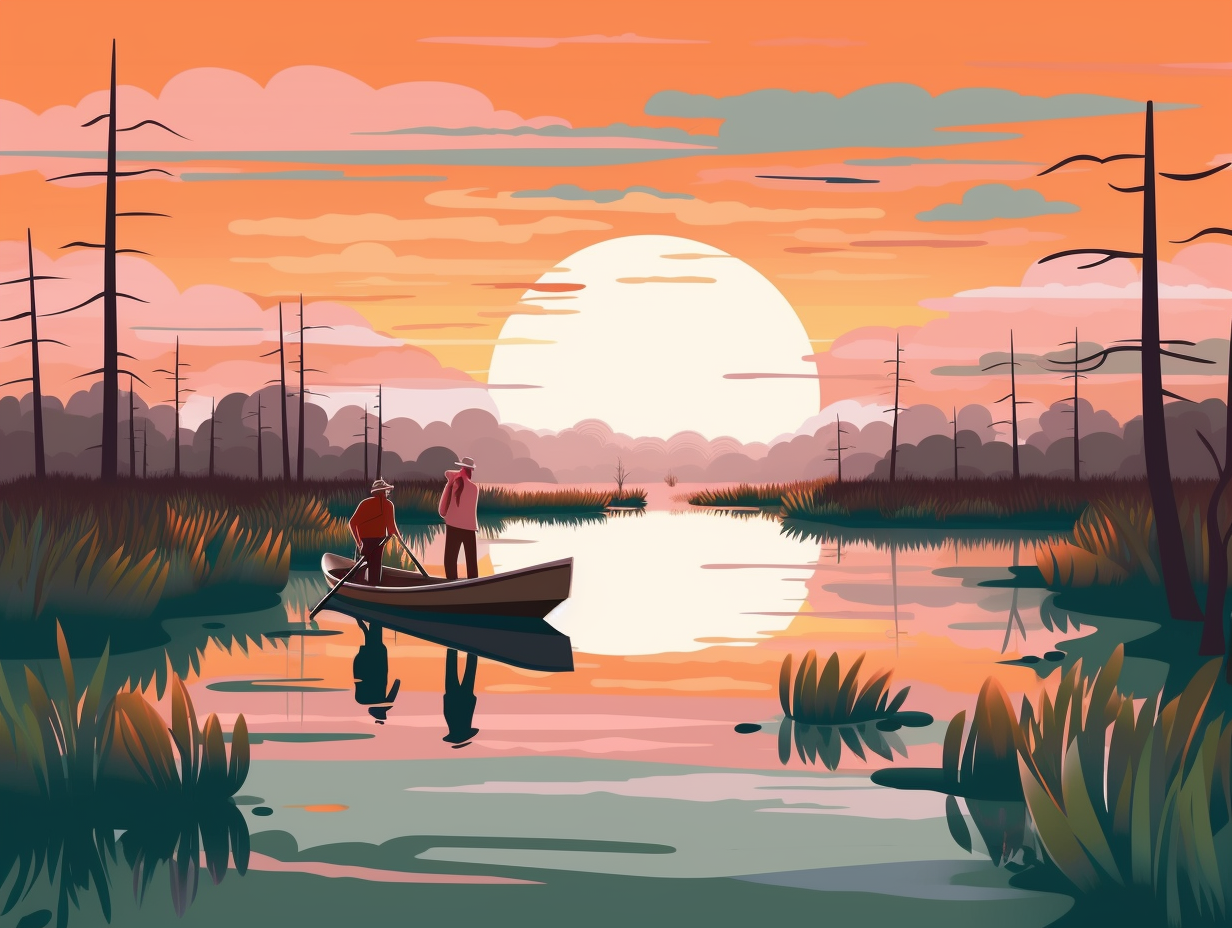Discover the Frozen Wonder: Top 23 Fun and Fascinating Facts About the Tundra!
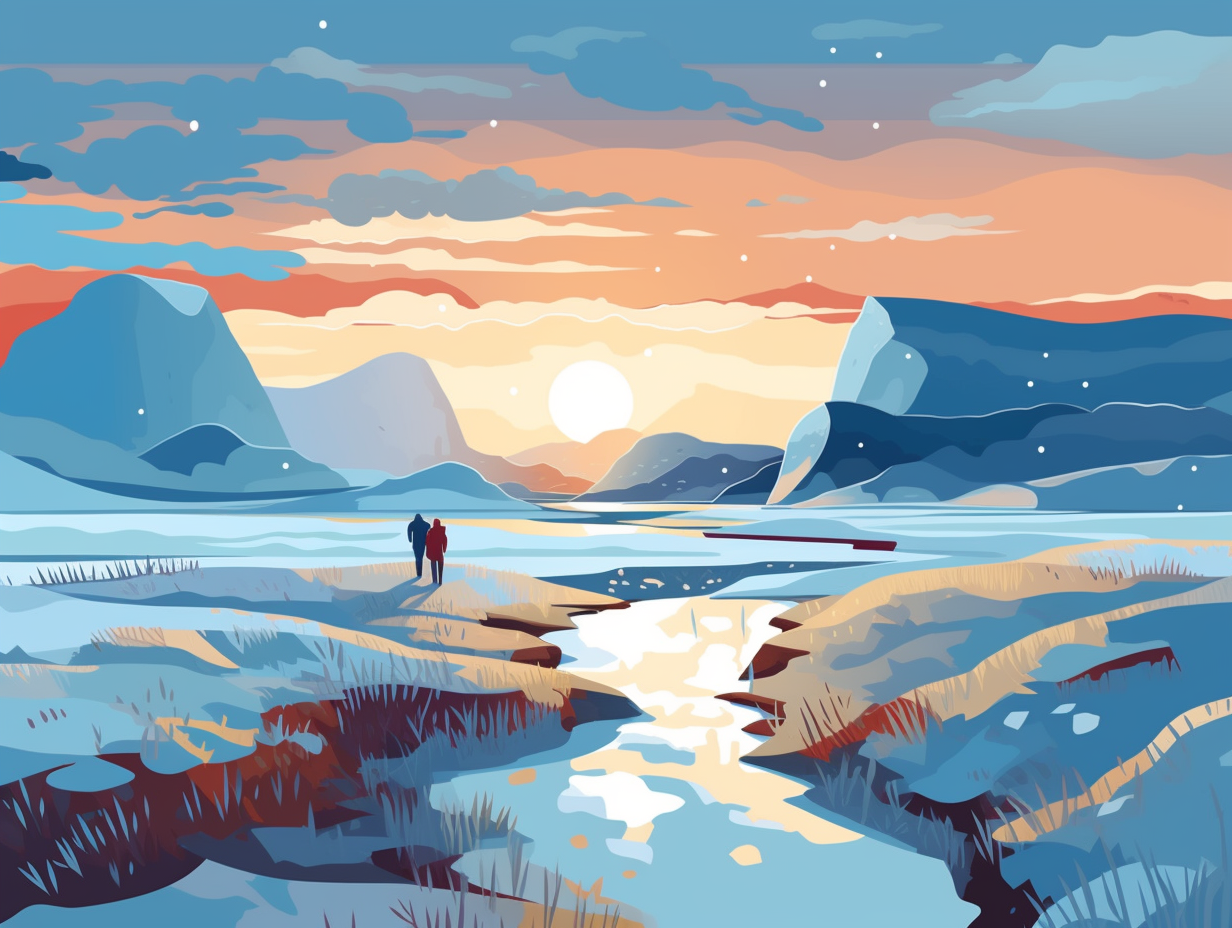
1. Botanical Ninjas of the Tundra
In a cold, dark world where even Elsa might sing "do you want to build a snowman" with a shiver, the tundra plants turn into botanical ninjas: using their stealthy skills to carry out photosynthesis at low temperatures and low light intensities.
Source => ucmp.berkeley.edu
2. Arctic Fox Fashion
Whoever said blondes have more fun clearly hasn't met the Arctic fox: This sly little creature sports a fully customizable fur coat that changes color with the seasons, making it picnics-and-snowball-fights proof. Proving itself a top contender in nature's game of hide-and-seek, the Arctic fox plays a vital role in the tundra's unique food chain, working alongside the likes of snowy owls and arctic wolves to keep the lemming population in check during their annual population boom.
Source => homework.study.com

Did you know there's a penguin species living in tropical paradise, far from the Arctic's icy grip? Discover the unique Galápagos penguin and more exciting penguin facts! 🐧🏝️
=> Fun Facts about The-Arctic
3. Lichen DJ-Producers
Party crashers of the tundra rave: Lichens are the pioneer DJ-producers, spinning over 15,000 record-breaking style varieties on rocks and trees, amping up plant growth by breaking down surfaces, and headlining the munchie menu for Arctic clubbers like caribou and rodent groupies.
Source => saskschoolsinfo.com
4. Arctic Color Coordination
Arctic fashionistas have taken color coordination to a whole new level: tundra-dwelling animals like the arctic fox, arctic hare, and ermine change their fur color to blend in with the summer or winter environments, allowing them to stay stylishly stealthy from predators and prey in the harsh Arctic climate.
Source => adfg.alaska.gov

5. Tundra Lovebird Paradise
Finding a lovebird on the tundra may be easier than you think: this frigid feather fest boasts over 250 species of birds that nest or fly through during their annual migration, proving that even the coldest of places can be a bird lover's paradise.
Source => earthwatch.org
6. Greenhouse Heroes in a Cold World
Who needs greenhouses when you've got the frosty snuggle-fest that is the tundra biome? Here, plants combat the freezing weather with enviable teamwork, and an exclusive "no-deep-roots-allowed" policy: In these chilly lands, you'll find around 1700 different types of plant life, from cozy lichens to dwarfish trees, and more than 400 stunningly icy flowers! But their beauty isn't just skin-deep; these Arctic green-thumbs also pull off a global feat by removing a big chunk of carbon dioxide from the atmosphere, making the tundra one of Earth's top three greenhouse-gas vacuums—conquering the cold while saving the planet!
Source => conserve-energy-future.com
7. Foxes' Lemming Beat Drop
While the Arctic foxes might not have the same taste in music as we do, they sure know how to drop the beat on some lemmings: using their highly-tuned ears, they listen to the footsteps of these rodents beneath the snow, pouncing on them with incredible precision, ensuring their survival in the harsh tundra environment.
Source => source.colostate.edu
8. North Pole's Midnight Sun Party
Who turned off the nightlight? Mother Nature, that's who: In the tundra during summer, the North Pole is bathed in constant daylight, with the sun circling the Pole once every day, earning the Arctic the nickname "Land of the Midnight Sun".
Source => noaa.gov
9. Basking in Golden Glory
While the tundra may not quite be a sun-worshipping hippy's dream destination, it does have a sun-soaked party trick that could give the ever-famous midnight sun a run for its money: during the summer months, the tundra can bask in the glory of the golden orb for up to 85 consecutive days, although contrary to popular belief, it doesn't quite reach a full 24 hours of sunlight in a single day.
Source => fs.usda.gov

10. Antifreeze Cocktails
When Jack Frost nips at the noses of the Cucujus beetles, they raise their frosty glasses and toast "Cheers to antifreeze cocktails!": These tundra-dwelling insects have developed antifreeze proteins in their blood, allowing them to withstand freezing temperatures in suspended animation until warmer days arrive. In a chilly twist, researchers in Alaska are now studying these proteins to potentially apply their survival hacks to frost-proof plants, and even preserve human tissues and organs.
Source => gi.alaska.edu
11. The Fresh Prince of Bel-Carbon
If the tundra were a sitcom, it'd be "The Fresh Prince of Bel-Carbon": In this frosty realm, ancient carbon dating back thousands of years is locked away in the permafrost, just waiting to be released as the climate warms, setting the stage for methane-producing methanogens to steal the show, with a major impact on climate change.
Source => serc.carleton.edu
12. Caribou Hide Fashion
They say laughter is the best medicine, but the Inuit have found laughter's not-so-distant cousin: caribou hide fashion: Known for their exceptional warmth and durability, caribou hide garments extend protection against the tundra's bone-chilling temperatures, reaching 55 degrees below zero or colder. These lightweight, water repellent clothing items are so effective that the Nunamiut people still wear caribou skin boots, socks, and mittens today, putting our fancy commercial winter wear to shame.
Source => nps.gov
13. Tundra Survival Superstars
Tundra plants might just be the ultimate survivalists, thriving in harsh climates like Bear Grylls on a Siberian vacation: They form specialized root-fungal associations called mycorrhizae, allowing them to access scarce organic nitrogen found in decaying materials and frozen soils.
Source => link.springer.com
14. Snowy Owl Hoot Couture
Ever been at a party and wondered how Snowy Owls steal the spotlight with their hoot couture? Turns out they're the tundra's original bass-dropping DJs: Snowy Owls make low-pitched hoots that can reach up to 7 miles away, with males dropping six tracks in a row, while both sexes hiss and whistle defensively – and don't forget their signature bill-clacking when they're feeling extra snappy.
Source => allaboutbirds.org

15. Slow-Paced Nutrient Party
Whoever said slow and steady wins the race must have been talking about the tundra! What may seem like a cold, desolate wonderland is actually home to a fascinatingly slow-paced nutrient cycling party: Despite warming potentially slowing down initial litter decomposition, factors like soil moisture and metal concentrations play a more significant role in stabilizing organic matter in the tundra, meaning nutrients can still be cycled back into the ecosystem, just at a leisurely pace compared to other ecosystems.
Source => sciencedirect.com
16. Qiviut, the VIP Pelt
Move over, cashmere! There's a new VIP (very important pelt) in town, that's not only eight times warmer than sheep's wool but also brings the sass and class like no other: Behold the power of qiviut, the underfur of the mighty muskox, which makes them fit for polar red carpets, braving the fierce frostiness of the tundra, as temperatures dip to a teeth-chattering -40 degrees or colder in the winter.
Source => nps.gov
17. Climate Change Crashers
Where polar bears rock and musk oxen roll, snow geese sync to the frozen beat: The Arctic tundra hosts a frosty frolic of eclectic species, however, their party's in peril due to climate change, human shenanigans like pollution and industrial development, making it crucial for us to trim our carbon dance moves, groove to conservation rhythms, and DJ policies that amp up planetary wellness.
Source => nationalgeographic.org
18. Teenage Romance Summer
In the tundra, summer is much like a teenage romance: passionate, brief, and disappointingly cool when you think about it later: The average summer high temperature in Barrow, Alaska is a mere 45°F, kept low due to the sun's angle and the high reflectivity of the snow and ice surfaces.
Source => whoi.edu
19. Desperate Houseplants of the Tundra
Desperate Houseplants: Tundra Edition – where hardy shrubs and mosses don't just survive the cold, they thrive in it! These overachievers of the plant world: Boasting a cast of over 1,700 cold-resistant stars, including low shrubs, sedges, reindeer mosses, liverworts, and grasses that can carry out photosynthesis at low temperatures and low light intensities, ultimately leading to dead organic material being the nutrient pool that fuels large population oscillations.
Source => ucmp.berkeley.edu
20. Icy Aviary Extravaganza
Who would have thought the tundra was just a giant aviary for feathery friends with parkas? To be more accurate: Over 135 bird species breed in the North American tundra, including geese, shorebirds, loons, falcons, and even the Lapland Longspur that thrives in low shrub habitats, but climate change puts their future at risk by disrupting their homes and food sources.
Source => abcbirds.org
21. Exclusive Tundra Club
In the world of biomes, the arctic tundra is like a minimalist's dream: less is definitely more here! With a population of critters that could rival an exclusive club's membership roster: The tundra boasts a measly 48 land mammal species, with a few exclusive bird and insect attendees braving the elements year-round. This icy landscape may lack diversity, but its residents rock some stellar survival skills like cozy insulation, snowshoe-like feet, and impressive fat-storing prowess to endure those never-ending winters.
Source => thewildclassroom.com
22. Dwarf Willow Swank
Willow Smith ain't got nothin' on these bad boys: Dwarf willows in the tundra have amped up their growth game in response to warmer summers, becoming the swankiest greenery in the Arctic scene, but with unique variations based on species, location, and climate gradient.
Source => link.springer.com
23. Twilight Tundra Winters
Who turned off the lights and lost the remote? Sounds like tundra's winter up north: In the most frigid and farthest corners of the tundra, there are a staggering 163 days when sunlight seems to have taken a vacation and left our beloved tundra in twilight-like darkness.
Source => hww.ca
Related Fun Facts


